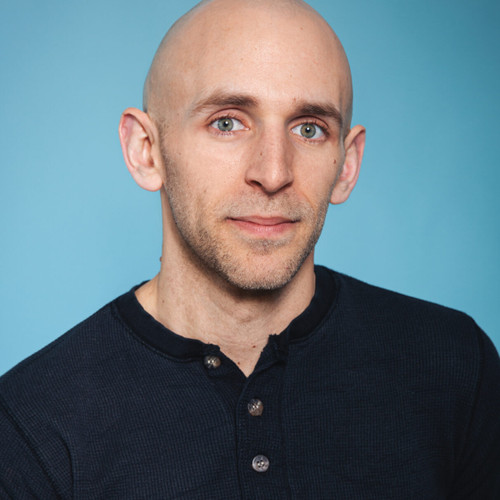In These State Prisons, Addiction Treatment Is Out of Reach
Stark disparities in access to life-saving medication for opioid addiction persist between facilities — and racial groups.

Proportion of treatment program applications rejected and initiated by facility.
The data obtained from DOCCS also shows that different facilities are using different blends of medications, each with their own advantages and drawbacks.
Despite being one of the most effective forms of MAT, eight facilities did not have anyone enrolled on methadone, based on a snapshot of the prison population on January 1. Allegra Schorr, president of the Coalition of Medication-Assisted Treatment Providers and Advocates, said that there were issues with the initial plans to provide methadone, slowing the rollout. “The [request for proposals] was frankly just a mess,” she said.
In response to questions, DOCCS spokesperson Thomas Mailey said that all 44 DOCCS facilities are contracted with an opioid treatment program to provide the medication.
A number of facilities also rely on Sublocade, an injectable form of the oral medication buprenorphine. While medications for opioid use disorder aren’t one-size-fits-all, DOCCS has considered using the injectable as a workaround to prevent prisoners from illicitly sharing medications, according to OASAS spokesperson Evan Frost. “The use of injectable medications is something that can mitigate diversion concerns,” he said.




